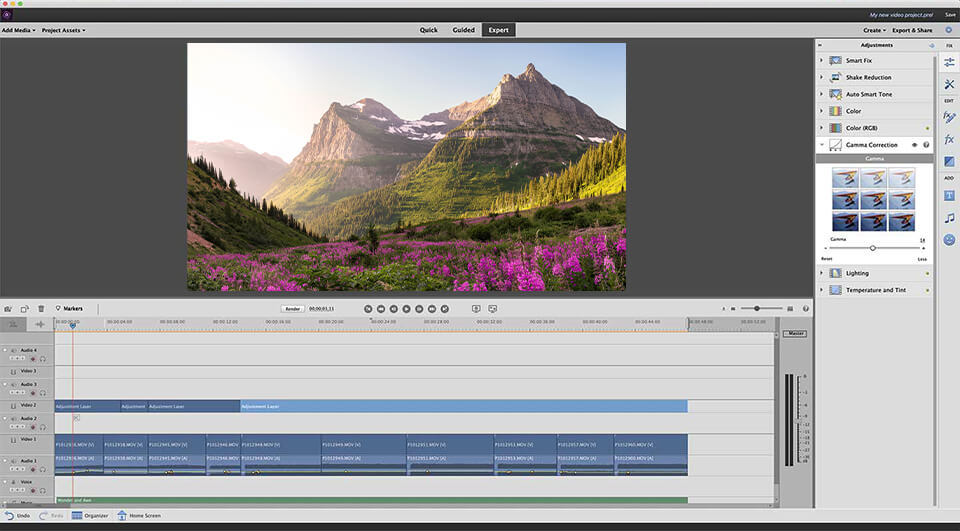

- #Mac osx adobe elements doesn't open full#
- #Mac osx adobe elements doesn't open code#
#Mac osx adobe elements doesn't open full#
- rwx r-x r-x a regular file whose user class has full permissions and whose group and others classes have only the read and execute permissions. The following are some examples of symbolic notation: x if execution is permitted, - if it is not. w if writing is permitted, - if it is not. r if reading is permitted, - if it is not. The third set represents the others class.Įach of the three characters represent the read, write, and execute permissions: The second set represents the group class. The remaining nine characters are in three sets, each representing a class of permissions as three characters. The first character indicates the file type and is not related to permissions. You should always make a backup of this file before you start making changes. htaccess by adding # to the beginning of the line. htaccess file you can comment that specific line in the. If you would like to check a specific rule in your. htaccess file, there may be rules that are conflicting with each other or that are not allowing an IP address access to the site. This may be related to an account level suspension as a result of abuse or a violation of our Terms of Service. Note: If the permissions are set to 000, please contact our support team using the ticket system. (See the Section on Understanding Filesystem Permissions.) The server also expects the permission mode on directories to be set to 755 in most cases. The server generally expects files such as HTML, Images, and other media to have a permission mode of 644. The server you are on runs applications in a very specific way in most cases. If you have made changes to the file ownership on your own through SSH please reset the Owner and Group appropriately. The server generally expects files and directories be owned by your specific user cPanel user. Some of these are easier to spot and correct than others. 
#Mac osx adobe elements doesn't open code#
on the other hand - if you have all that stuff yourself already - 30% likely sounds really steep.There are a few common causes for this error code including problems with the individual script that may be executed upon request. And I would imagine that except for very large companies, not needing to have your own servers and distribution mechanism and payment collection processing and perhaps even less $ spent on advertising - 30% might start to look good. So I suppose - no matter how you feel about the 30% Apple cut - the fact that it is a public number that is not negotiable regardless of whether your product is $1 or $100 or $500 - could be a good thing. That is an interesting question, though, just what is the percentage that other distribution companies take - whether you are talking about Amazon or a Music label or even Best Buy etc - everyone wants their cut - and I would imagine that there is a wide range of percentages taken out there depending on the relative bargaining strength of each partner in any given transaction.

Not sure how that compares to other distribution models. I am not a developer - or at least the only code I have written has been for internal consumption - not that I don't have ideas - but have never put anything out there for sale - nor have I ever run a distribution business (though I worked for one - in a technical sales role) - but it would seem to me that Apple could pretty easily setup some sort of tiered model - 30% up to $50 - 20% for titles from $51 to $199 - and 10% for anything $200 an up maybe.







 0 kommentar(er)
0 kommentar(er)
